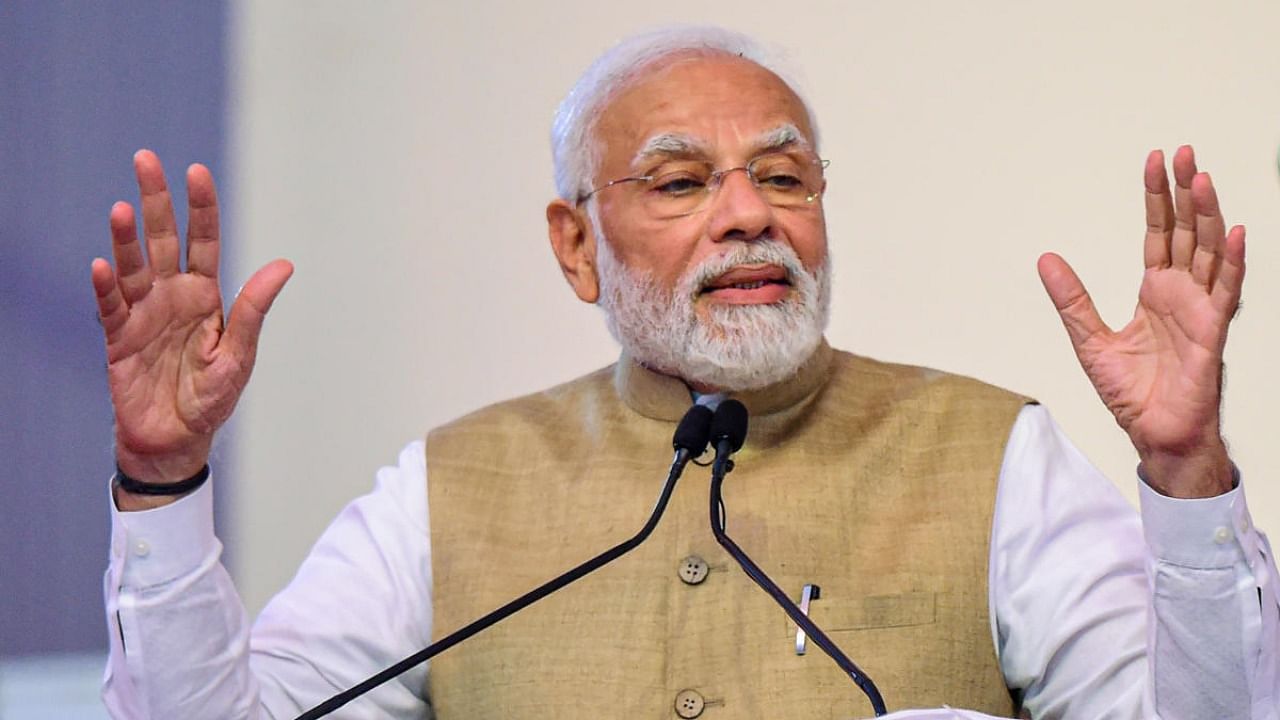
By Mihir Sharma
For several years now, India’s annual budget — presented at the beginning of the year — has included a few lines that dismayed economists. Successive finance ministers have raised tariffs, reversing a quarter-century-long trend dating back to when the Indian economy was first liberalized in 1991.
The good news is that the government may be undergoing a change of heart ahead of next year’s budget — or, at least, it may not be quite as willing to revel in protectionism as before. The bad news for US companies is that their own government’s inward turn may still hold them back in India.
In recent months, senior Indian officials have insisted that their nation intends to integrate further with the global economy. Several free-trade agreements have been signed this year or are under negotiation.
Perhaps most strikingly, the most senior bureaucrat in the finance ministry recently hinted that current tariffs may even be cut. In a talk at Columbia University, Finance Secretary T V Somanathan said that tariffs “shall not be a significant part of our tax estimates” and added that protectionism didn’t sit well with India’s new industrial policy of providing subsidies for export-focused manufacturers.
Of course, officials are still aiming for an India that is “self-reliant.” Any trade liberalisation is likely to be limited and wouldn’t necessarily reflect a fundamental change of heart by the government.
Nevertheless, India does have good reason to rethink its course. Concluding more high-profile free-trade agreements — particularly with the European Union and the United Kingdom — is clearly a priority. Lowering import barriers would be “in sync” with India’s expectations from those FTAs, according to trade experts — and would signal goodwill as well, increasing the chances of a successful conclusion of negotiations.
The fact is, in today’s constrained trading environment, countries such as India need a good reason to drop tariff walls. Making it easier to sign mutually beneficial trade agreements may be enough incentive. That’s good news even for countries such as the US that aren’t negotiating bilateral deals with India, as their companies should benefit from a more open Indian market.
But tariffs aren’t the only obstacles that companies operating in India face. Non-tariff barriers and regulatory hurdles are easily as problematic, if not more.
In the past, tempted by promises of access to the US market, Indian officials would at least be willing to give US industry aggrieved by non-tariff barriers a hearing.
That’s less and less the case, as retailers and other consumer-facing services firms that compete with Indian national champions are discovering. In just the past couple of weeks, Alphabet’s Google has been the target of antitrust measures and ruling-party ideologues have campaigned for “data nationalism” to be embedded in regulations — which would hurt Mastercard and Visa., among others. Amazon.com has put $6.5 billion into India but, amid sustained hostility from regulators, is still to see a return on its investment.
US policy is not making things easier for such companies. The Indo-Pacific Economic Framework that US President Joe Biden announced in May is supposed to address — among a host of other things, from corruption to green energy — some of these non-tariff barriers. Negotiators met in Brisbane this week for the first time to begin to hash out details.
But Biden’s “foreign policy for the middle class” means, in practice, that Washington has taken US market access off the table. As a consequence, the IPEF is, if not dead-on-arrival, certainly not breathing very loudly. In Delhi, news about the Brisbane talks barely made the papers.
In contrast, there’s an inexhaustible appetite for news of progress on free-trade negotiations with the EU. And policymakers in New Delhi are preparing themselves to make some painful compromises to see those negotiations through.
What the US needs to realise is that India is now approaching trade policy from a transactional mindset. In the absence of any concrete benefits, Indian officials are not going to be interested in fixing problems that overt or covert protectionism may create for US companies.
Those, such as Apple, that can promise big manufacturing investment will still be welcome. Others will discover that New Delhi doesn’t have a lot of sympathy for their problems.
Tactical policymaking is all about give-and-take. If the US has nothing to give, then its companies will find they have nothing to take home from India. That’s bad news for US companies — and for the workers they employ.